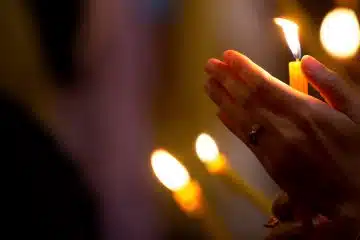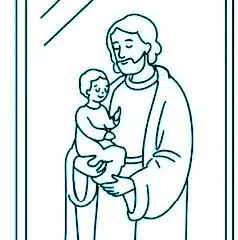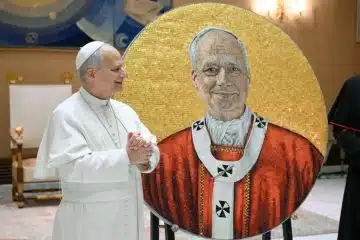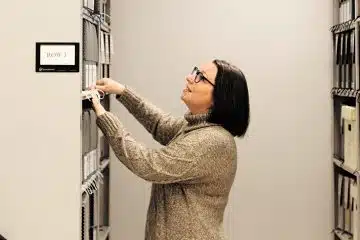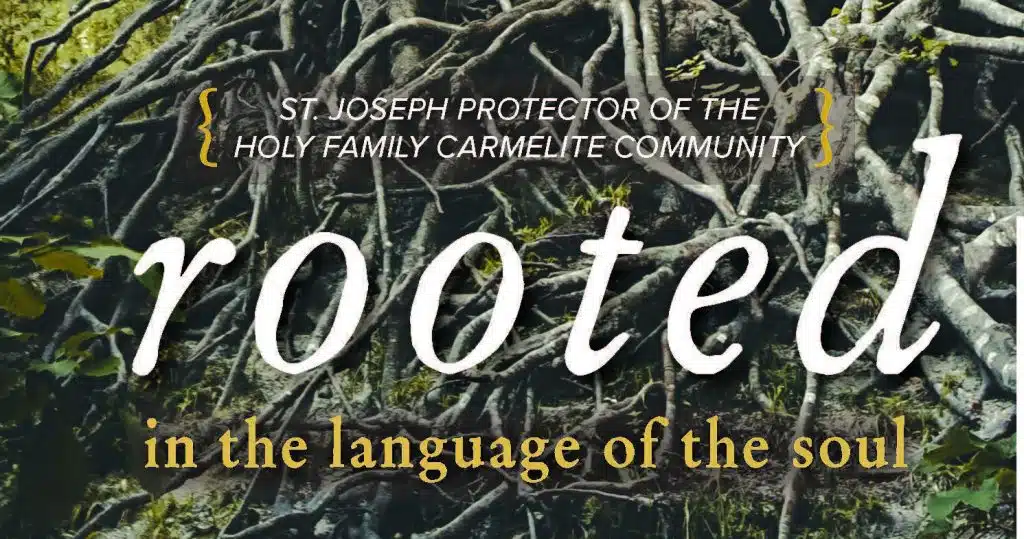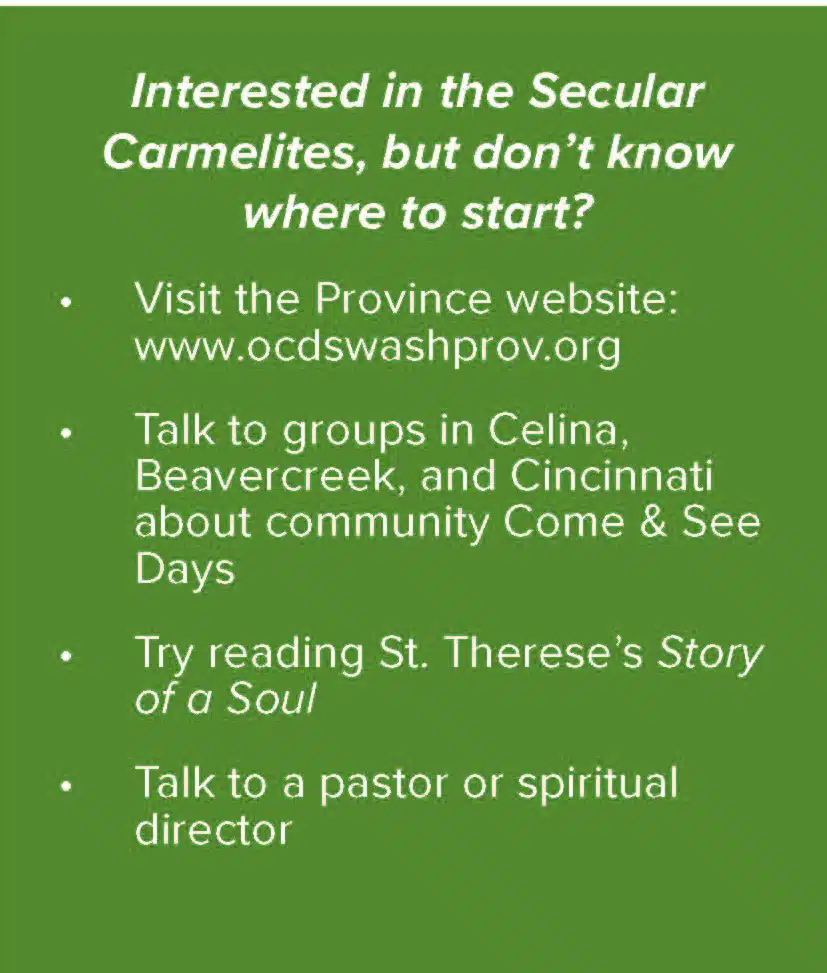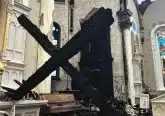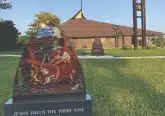Rooted in the Language of the Soul
Carmelite Spirituality is one of the oldest in the Catholic tradition, having roots in the Old Testament with the prophet Elijah. His witness inspired hermits to live on Mount Carmel, the tradition was carried to Europe and reformed in the 16th century, and the spirituality continues to be lived out to this day throughout the world.
In the Archdiocese of Cincinnati, there are groups of lay faithful who feel called to deepen their prayer and understanding of the Lord in this spirituality through Secular Carmelite Communities. In the northern part of the archdiocese, they formed the St. Joseph, Protector of the Holy Family Carmelite Community.
Julia Monnin, the Director of Formation for the Secular Carmelites in this local community, notes that Carmel’s mission is “to know God that He may be known.” Through prayer, each believer encounters God, and there are several prayer forms in the western tradition. These practices were picked up, used and commented on by saints of the Carmelite Order. Monnin notes, “Whether or not you are called to Carmel, we are all called to a life of prayer, so there is something we can all gain from it.”
While members are not sisters, brothers or priests, they make promises of poverty, chastity and obedience that enable them to be active members in the Order’s life. They live in the modern world, taking their spirituality to the street and allowing it to shape their encounters with others.
Norma Wermert and Kathy Homan, two of the Community’s founding members, agree that their spirituality gives their day “rhythm.” “He calls us just to be with Him,” said Wermert, “The whole day is a prayer.” Homan added, “What we receive in prayer we give to others.”
The Carmelite spirituality’s flexibility makes it a natural fit for lay people seeking a life of prayer within their modern lives’ circumstances.
Joining the Secular Carmelites involves many years of formation, as their way of life is grounded in reading the spiritual masters and requires daily time with God in quiet meditation, morning and evening prayer, Holy Mass and devotions to the Blessed Mother. Formation and temporary vows last about six years to help candidates ease into this life. In monthly community meetings for formation, members share their life’s journey to a deeper relationship with the Lord. The St. Joseph, Protector of the Holy Family Community has just over 30 members, having grown considerably since its founding in late 2015. This particular community also puts on an autumn retreat for the local community as part of its apostolate to share their spirituality.
Wermert and Homan began attending Carmelite meetings in Columbus before there was a stable group in the area. Reading Carmelite saints led Homan to desire entering into this way of life, “That first meeting felt like home.”
This cohort offers support, accountability and stability to those ascending Mount Carmel.
Monnin found Carmel by a different path; in some ways it was the community who found her. After growing in her faith, her spiritual director urged her to see what the Carmelites were about. Monnin knew she was ready for a new challenge and began formation, saying, “I was a fish out of water who had found water.”
Father Jedidiah Tritle, parochial vicar of the C-1 Family of Parishes and spiritual assistant to the St. Joseph Protector of Families Community, recalled that Carmel’s seed was planted in him when he read Story of a Soul by St. Thérèse of Lisieux during his diaconate study in seminary. He discerned with the Carmelite Order for a time, and finds Carmelite principles useful in his role as a diocesan priest.
“At the center of a priest’s identity is conformity to Christ and His Church,” said Father Tritle “For this to grow and flourish, it is necessary to be rooted in a life of prayer. Carmelite Spirituality is an opportunity to do that.”
Ascending Mount Carmel can be a daunting task to people in the pews who have not heard of St. Teresa of Avila or St. John of the Cross. There is both a simplicity and depth to the Carmelite way of life that is depicted by its saints. With a little help and a bit of perseverance, everyone can find a piece of this spirituality to bolster their faith. “We are not elitist or Gnostics,” said Father Tritle. Rather, a Carmelite Spirituality is “a language of the soul and a path of love.”



